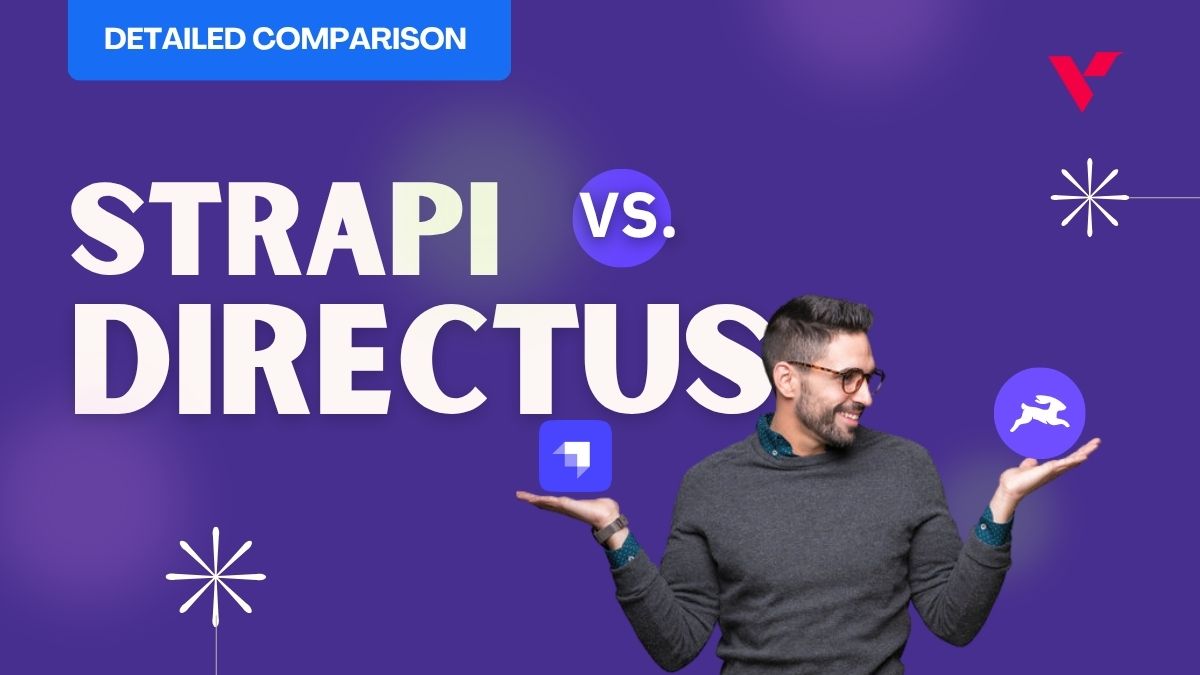Gone are the days when business peeps had to develop company’s website for the desktop users and mobile users separately. With the advancement of technology and evolution of human percievance, we’ve entered in an era where technological furtherance is experienced as a flurry of bizarre squashes. Keeping this in mind, another concept came into existence called, Responsive Web Designs.
Basically, a web design is termed as responsive if it possesses the capability to adapt to any size of the screen, orientation- portrait or landscape and platform without the involvement of any fuzziness. It may sound gibberish but the fact is true. So, all businessmen feel happy because the good news is that you’ll have a single website that can run on mobile phones, desktop, tablet or any electronic device without much investment.
Talking from SEO point of view, well, Google does give preference to the responsive web designs. You may term it as partiality but so is the truth. But, I won’t call it a partiality because Google is known for being customer oriented. The customers for Google are the users. In order to facilitate user-friendly web-browsing, Google came up with this strategy. This will lay a foundation for all the business organizations to upgrade to a responsive web design that can be browsed over mobile phones with equivalent compatibility.
Table of Contents
What is responsive design in SEO?
Responsive Web Design, or RWD for short, is a web design technique that makes websites function across all platforms. This means you can view your website on both desktop and mobile devices without any hiccups. And with beautifully smooth scrolling effects!
Responsive web design has become more and more popular in recent years as the number of users accessing a site on their phones or tablets grows. This means that sites are now adapting to whatever size screen they’re being displayed on, with no separate mobile, tablet, and PC versions!
Why You Need Responsive Web Design?
The changes in the web are not simply a matter of looking back at what has happened over time. The mobile and desktop internet “war” is far from won, with smartphones being only slightly ahead for now.
The web moved forward at an incredible rate this past year with some interesting shifts: according to research released by Forbes magazine about six months ago – half of all Americans primarily access the Internet through their cellphones rather than traditional laptops or computers-shifting.
Google is going to favor websites that provide a responsive design. Mobile devices have changed the way people access information on the internet and as such, Google has adapted its methodology accordingly in order to suit user needs. Responsive web design provides an optimal viewing experience regardless of what device someone uses when they browse online content.
Google is built for people who search the web. In a world where these users are accessing the internet via mobile devices, Google has started to change accordingly by favoring those websites that meet their needs best-namely sites with an optimized and responsive design. These are some of the reasons why your business website should be designed responsively.
1. Improved Site Usability
Google recognizes ‘time on page’ as the best indicator of a site’s value for any given query. Responsive web design makes your website much easier for visitors to read and navigate, which leads to an improved user experience that typically results in increased time spent browsing the site; this often results in repeat visits with high conversion rates because Google is solely focused on satisfying users’ queries through their search engine by giving them what they want: fast loading pages with easy navigation between topics.
Google rewards websites that are easy to navigate and remain interesting for a long period of time. If people don’t enjoy the content on your site, they will leave before finishing it.
Customers are the backbone of any successful business. If one thing is to be emphasized in this day and age, it’s customer experience and site usability! As a result, businesses must remain vigilant when coming up with conversion strategies that not only satisfy customers but also increase rankings on Google searches.
The foundation for all website experiences lies within responsive design practices; these make sure your users are satisfied while increasing search engine ranking positions too – which isn’t always an easy feat!
2. Decreased Bounce Rate
The Internet is full of opportunities, but you have to grab the attention and make sure your website sticks in people’s minds. Bounce rates are a good way to keep track of how well visitors stay on site for an extended period. Google pays close attention when it comes time for searchers to enter or exit from a page because this could be interpreted as them not finding what they were looking for. This can cause some serious ranking consequences that will ultimately hurt business if left unchecked!
Responsive website design helps websites stay afloat with decreased bounce rates. When it comes to Google’s SERP rankings, responsiveness matters when users are bouncing back too quickly or leaving altogether.
3. Less Duplicate Content
Google’s algorithms are great at knowing which content is most important on a website, but it needs your help in order to do just that. Those who have decided to go down the path of a separate mobile site as well face an issue with duplicate content because Google recognizes both URLs and posts them separately from one another- even though they share all of the same information. This means you can lose ranking opportunities when using this method, so make sure before doing anything like this you hire a professional responsive design company that has expertise in SEO.
Google is always watching and waiting to crawl your site’s content. What you do not know, however, is that Google will be equally interested in crawling through the web on a mobile device as well! It may come as no surprise then when I tell you about duplicate pages of your website which can harm its rankings with search engines such as Google if they are not properly taken care of or dealt with accordingly. Responsive design reduces the number of duplicate pages on your website.
4. Boosted Social Sharing
Social media offers a range of benefits for SEO, but it can also be used to grow an audience. With more people visiting your website and engaging with the content you publish on social channels like Facebook or Twitter, Google will naturally see that there is demand in search engine results pages (SERPS) for your brand. To make things even better, responsive web design makes navigation simple so visitors won’t have trouble navigating around the site and sharing what they find interesting online across all their favorite platforms.
5. Ranking for mobile searches
Google has said that they rank the websites with optimizations made specifically for Mobile higher within their result pages when searching from a handheld or phone-sized device (such as smartphones). Specifically recommended by them are “responsive” designs which allow all information found on any given webpage of one’s website to be viewed even more easily without having to resize/reorientate the page itself just so its contents can fit better on smaller screens such as those.
6. Skimming of data redundancy
Well, today SEO is much more about content and the websites strive for the ranking on Google by competing with the quality of the content put up on their web pages. Before the advent of responsive web designs, businesses used to own two websites- one preliminary for desktop users and the second dedicated for the users who browse via mobile phones. Since the company is same, the data is bound to be same. Many companies often replicated the data from the desktop sites to the mobile sites as both introduce the same company or organization.
The logic behind this data redundancy is quite logical but a big bane from SEO point of view. Why should Google crawl the same data from two different sources?
The SEO teams who realized this notion and tried to overcome it by re-phrasing the same content for the two websites struggled with another problem called plagiarism.
This content verbosity is eliminated via the use of responsive web design.
7. Boosts-up local SEO ranking
Let me take an example to make you understand this logic. Suppose, there’s a company named XYZ and is targeting certain local keywords like ‘best IT Company in Amsterdam’, ‘best IT Company near lane 24, Amsterdam’, etc. The users often google out such keywords for the directions on the road. If the company XYZ’s website has a responsive web design, it’d be a cake walk for it to rank up for such keywords.
Contrarily, if the website had been only a desktop website, the mission to rank first for these keywords for XYZ would be fathomed away.
8. Low investment
This is the key reason to switch to responsive website designs rather than preaching a non-responsive one. The businesses invest a lot for a good ranking on Google. Hence, they tend to get two URLs, one for the mobile site and another for the desktop site. The investment required for developing two different entities from scratch over the investment required for developing a single entity with extra features is bound to be more.
From SEO point of view, one has to focus on the ranking of only one URL rather than working for two. So, responsive website designs are pocket-friendly.
9. Dynamic in nature
Responsive websites are dynamic in nature which speeds up the user’s browsing. Even you may have experienced the fact that when you click on any URL and it takes a longer time to load, you often go on for another one. So, speed is a major concern. To overcome this, responsive websites run the code dedicated to that device and optimizes the media to improve the loading speed.
10. Increases traffic
Today almost every individual is accustomed to social media and there are certain social media applications that are primarily for smartphone users like Instagram, Whatsapp, Hike, etc.
SEO involves sharing and posting of content over a wide spectrum of social chain. If any of the users wish to share the same post with his kith and kin, it would be difficult if the website is desktop oriented only. Sharing, posting, commenting and reacting are a part and parcel of our lives and that’s a big advantage for SEO. If the website design is responsive, it can be a cherry on your apple pie.
Final Words
Responsive web design is a powerful tool that can help boost your SEO. Plus, you won’t have any partial-content sites for visitors who use devices with smaller screens since the content will automatically adjust to fit their device’s size! There are several other reasons why responsive web design is important for your website. If you’re looking for reliable SEO services or responsive website solutions, let us know how we can help today!




















